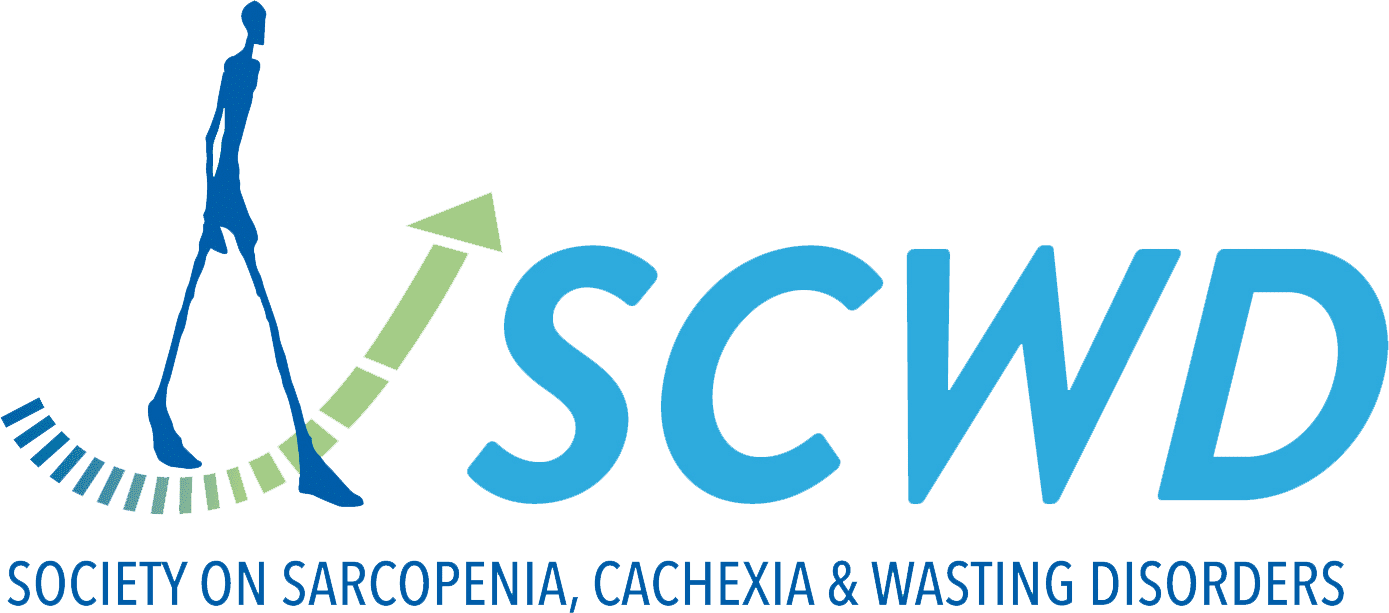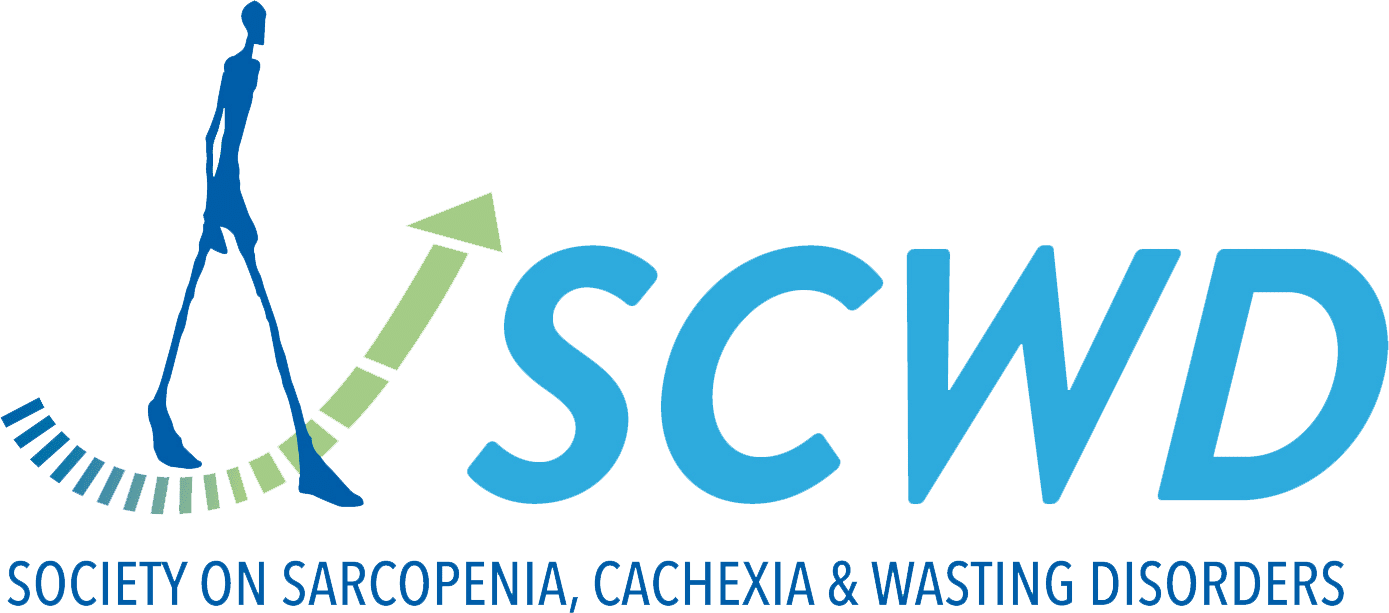Exploring the role of intrinsic and extrinsic factors on the associations between sarcopenia and falls in older adults.
The present study investigated the moderating effects of intrinsic and extrinsic factors on the association between sarcopenia and falls in older adults. This prospective cohort study was conducted among octogenarians residing in the mountainous Sirente geographic area of Central Italy.
Sarcopenia was defined by the coexistence of low muscle mass and dynapenia. Data on fall history and incident falls were collected over a two-year period.
A general linear model was used to assess whether intrinsic factors (i.e., multimorbidity, polypharmacy, cognitive function, vision status, nutritional status) and extrinsic factors (i.e., social functioning, environmental characteristics) moderated the relationship between sarcopenia (independent variable) and falls (dependent variable). Data of 364 individuals were examined.
Fifty participants (13.7%) reported at least one fall event in the 90 days prior to data collection, while 36 participants (10%) reported having fallen during the follow-up period. Results revealed that intrinsic factors, but not extrinsic ones, significantly influenced this association.
Specifically, multimorbidity and polypharmacy were associated with both fall history and incidence, while cognitive function and nutritional status emerged as significant moderators in the longitudinal analysis. In conclusion, these findings underscore the importance of addressing specific intrinsic health-related factors in order to more effectively mitigate the risk of falls among older adults with sarcopenia.


